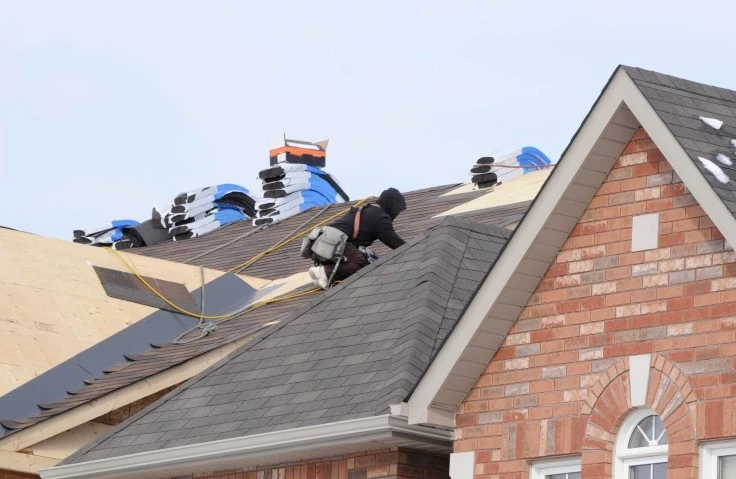In the realm of construction, precision is not merely a desirable quality but rather an essential one. Especially in the field of roof installation, where accuracy and attention to detail can make a difference between a sound structure and a potential disaster.
This article delves into the intricate process of installing metal roofing – a particularly durable option favored by many for its longevity and resilience to weathering conditions. It underscores the significance of accurate measurements in this practice, highlighting how meticulous calculation can contribute towards an optimally functioning final product.
The second facet examined herein revolves around the artful skill needed for securing materials correctly onto structures. Successful adherence to this process necessitates thorough knowledge, exceptional expertise, and unwavering dedication from professionals in the trade. A slight miscalculation or misstep could lead to serious structural issues or safety concerns down the line; hence it’s critical that each step be performed with utmost precision and care.
Through exploring these aspects in detail, this article aims to foster an understanding among readers regarding what truly goes into creating these durable metal rooftops – unveiling how it’s so much more than just attaching pieces together; it’s an art form all on its own.
The Importance of Accurate Measurements in Construction
In the realm of construction, precise measurements serve as the backbone, ensuring structural integrity and aesthetic harmony while mitigating potential risks associated with miscalculations.
This significance becomes particularly pronounced when considering roof installations using durable metal roofing materials, where accuracy can directly influence the longevity and functionality of the resulting structure.
A single misstep in calculation or alignment can lead to a myriad of issues ranging from improper fitting to compromised weatherproofing capabilities, leading to escalated costs in repairs or replacements down the line.
Thus, rigorous attention to detail is not merely recommended but essential in these contexts.
Moreover, precision extends beyond physical boundaries to include aspects related to planning and prediction.
Through meticulous measurements and projections, construction professionals can accurately estimate material requirements, cost implications, labor needs and projected timelines – factors that significantly impact project feasibility and execution efficiency.
Inaccurate estimates could result in wastage of resources or project delays – undesirable outcomes for all stakeholders involved.
Consequently, by embracing precision in practice during roof installation with durable metal roofing materials – contractors not only ensure a robust finished product but also foster an environment of trust and reliability with their clients – paving the way for successful collaborative relationships within this shared space called ‘construction’.
Mastering the Skill of Securing Materials Correctly
Mastering the skill of securing materials correctly is akin to learning a complex dance, where each step must be meticulously executed to maintain the integrity and longevity of the structure.
This analogy holds especially true in the context of metal roofing installation, where precision is paramount.
The process begins with accurate measurements and cutting, which set the stage for seamless assembly.
Securing materials incorrectly can lead to multiple issues such as roof leaks or unwanted noise during wind or rain storms.
Therefore, understanding how different metals react to various fastening methods and knowing what type of fasteners are best suited for each material type is essential.
The act of securing materials extends beyond just ensuring stability; it also involves making informed decisions about how these elements will interact over time under varying environmental conditions.
For instance, using incompatible metals can cause galvanic corrosion – an often overlooked but critical factor that can significantly reduce a roof’s lifespan.
Additionally, correctly spacing fasteners and using appropriate tightening techniques play crucial roles in reducing stress on the metal panels thereby preventing warping or deformation over time.
Thus, mastering this art form goes beyond simply achieving aesthetic appeal; it contributes directly to enhancing durability while minimizing maintenance costs – fostering a sense of belonging among professionals who value excellence in their craft.


